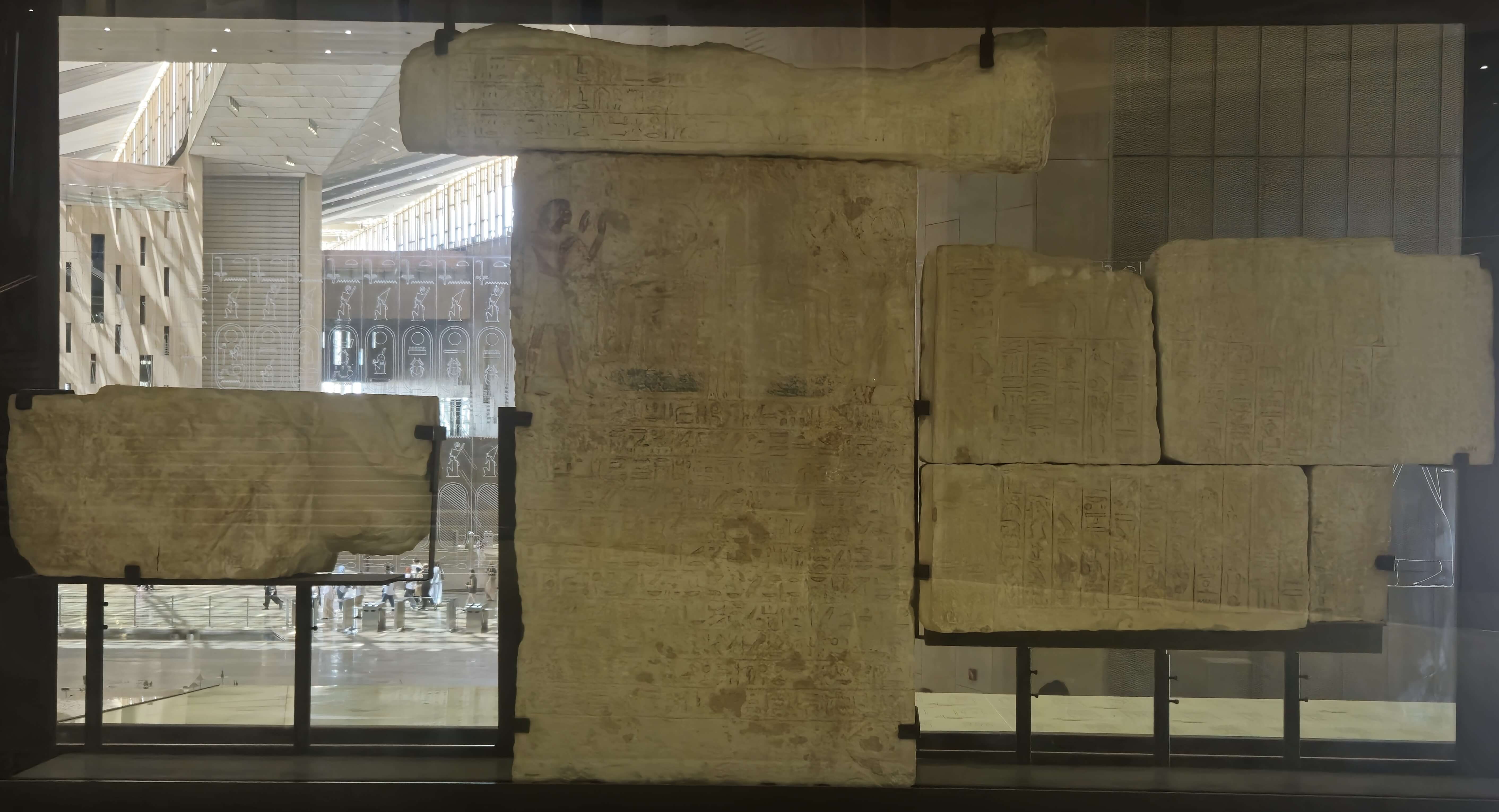
GEM 45485
Saqqara King List
The Saqqara King List, as shown in the attached image, is one of ancient Egypt’s most valuable chronological documents. It was discovered in the tomb chapel of Tenroy, an “Overseer of Works” who lived during the reign of Ramesses II in the 19th Dynasty, around 1279–1213 BCE. This unique list contains 58 cartouches—oval shapes enclosing royal names—arranged in two horizontal rows. Unlike official royal inscriptions often carved in temples or obelisks, this list was part of a private funerary context, which gives it both religious and personal significance.
The Saqqara King List does not include all Egyptian kings; notably, it omits many rulers from the Second Intermediate Period and the Amarna period, such as Akhenaten, Smenkhkare, Tutankhamun, and Ay, whose reigns were later considered heretical. Instead, it selectively records rulers whom the contemporary state wanted to honor, presenting a curated version of history shaped by theological and political preferen ... Discover more with Premium!
Unlock the Full Story of This ArtifactUpgrade to premium to access the complete description, audio guides, and exclusive content for all artifacts.Access the full audio and description for the GEM's main artifacts for only $1.99
Looking For Another Artifact ?